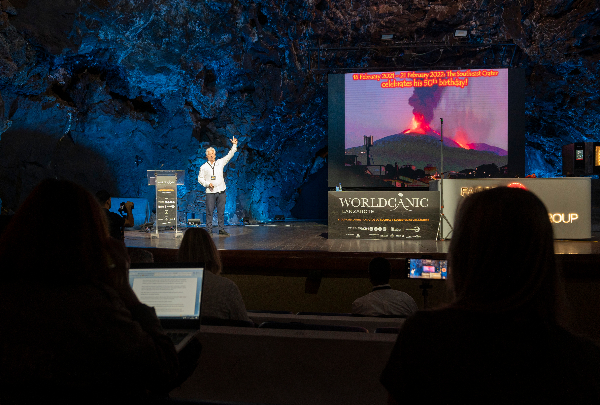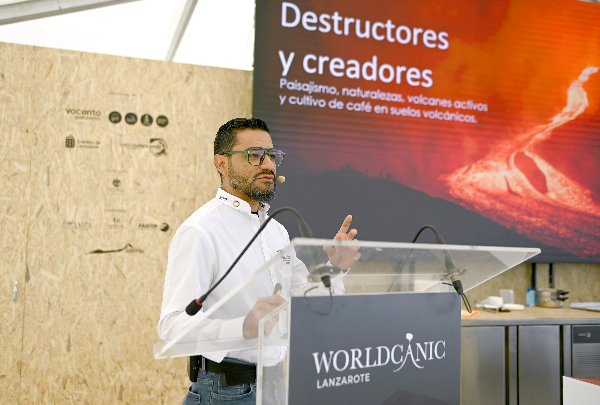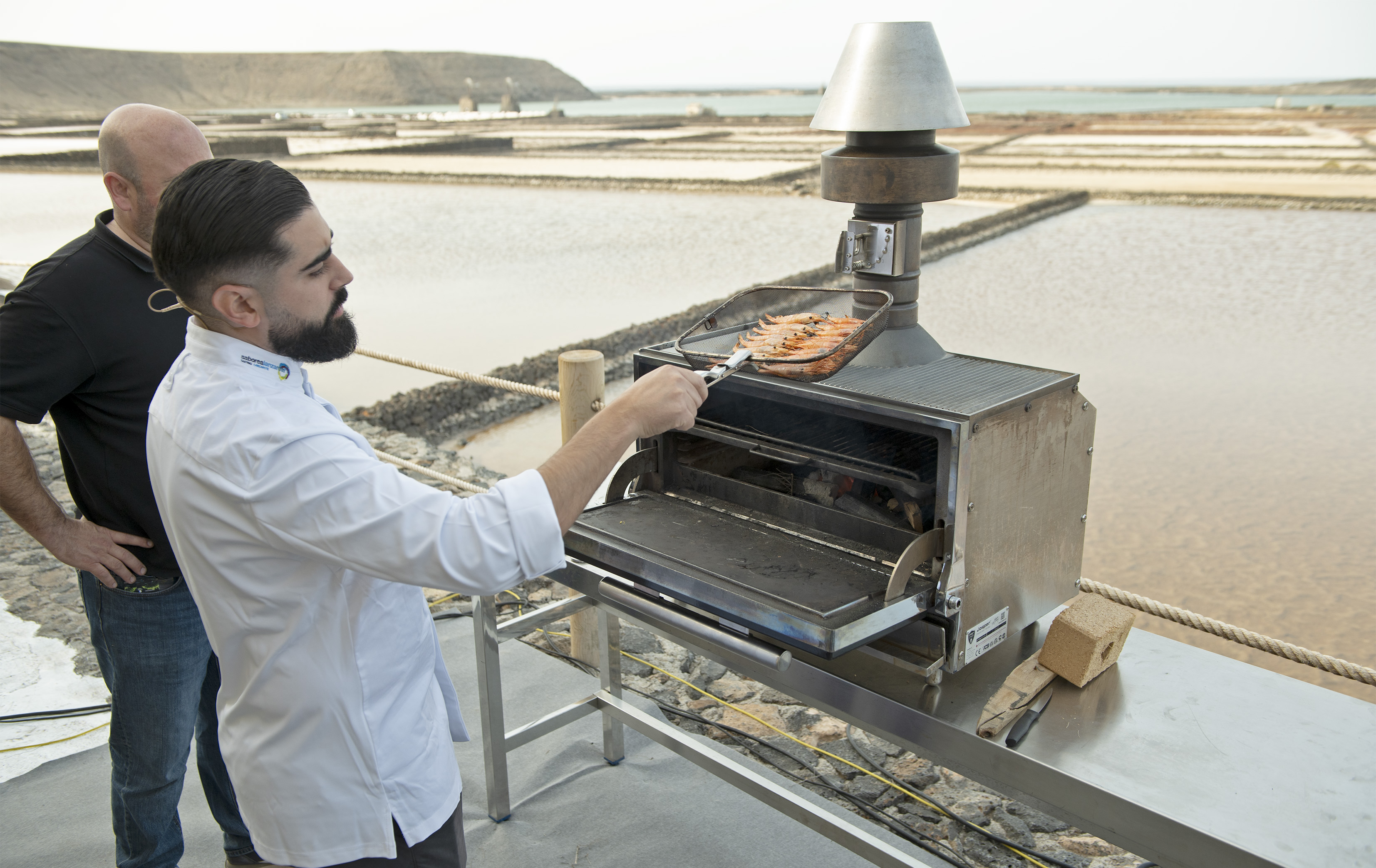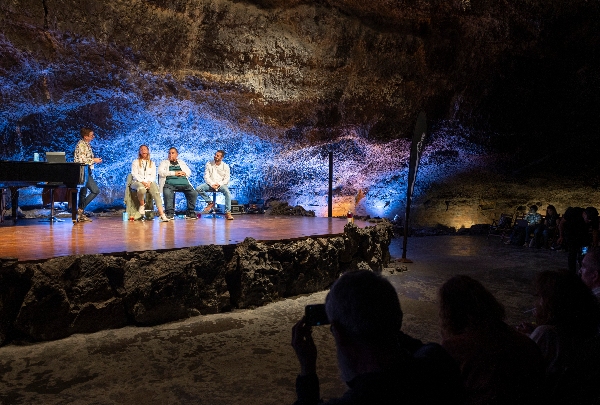News
Boris Behncke: "We are constantly monitoring Etna because we know that one day it will erupt again"

The constant monitoring of Mount Etna ensures a rapid response to a possible eruption. This work is carried out by the team of Boris Behncke, a researcher at the Istituto Nazionale di Geofisica e Vulcanologia (Sicily, Italy).
Sicily, guest of this edition of Worldcanic, made its debut on stage with the intervention of Boris Behncke, a volcanologist from this Mediterranean island. This researcher from the Istituto Nazionale di Geofisica e Vulcanologia (Sicily, Italy) shared his knowledge of one of Europe's most emblematic active volcanoes, Etna, and its close companion, Stromboli, with the audience at the Jameos del Agua.
Presenting them as the Man (Stromboli, 924m) and the Woman (Etna, 3,350m) of fire, whether brothers and sisters or, as some say, lovers, Boris Bechnke explained the nature of the two volcanoes. On the one hand, in Sicily, there is the active Stromboli, a volcano that records "strombolian activity with small explosions and very frequent lava ejections, every few minutes", but which is not without danger, as there have been occasions when the explosions have been more powerful, even generating tsunamis. This is what happened in 2022 when the volcano erupted and collapsed into the sea.
Although Stromboli is known for its small explosions that delight tourists, Behncke warned that "it can also produce pyroplastic explosions and paroxysms, which are more dangerous". And it is a fact that one must not let one's guard down, because, as the volcanologist points out, "this volcano has been more active in this century than in the past, and its explosions are more spectacular".
On the other hand, the famous Etna offers beautiful lava flows from "an extraordinary volcano that for hundreds of years had a single crater on its summit, but during the last century began to change and now has four craters". Craters that continue to grow due to the continuous eruptions they suffer with "a more explosive activity than in the past", eruptions that "are bigger and last longer than those of Stromboli, producing large quantities of ash with all the respiratory and circulatory problems that this causes on the island".
The volcanologist recalled Etna's biggest explosion in 1669, when lava flows destroyed 12 villages and even reached the walls of medieval Catania. "We know that one day one of these eruptions will happen again and our job is to prepare for it," said Behncke, who explained how his team monitors the volcano's activity to predict such explosions. "Etna is under constant observation," he said, "and we work in coordination with the civil protection services so that the whole of society is prepared when it happens.



















